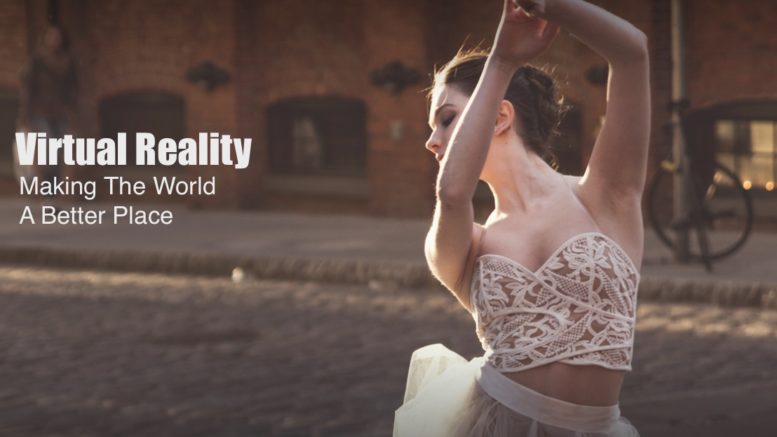Virtual reality is now literally showing reality to the world. Recently, three virtual reality films about refugees and war-torn countries have been created by the United Nations to raise awareness and global funding.
These three films, Clouds Over Sidra, Waves of Grace and My Mother’s Wings, were made by Gabo Arora, a senior UN adviser, with Vrse.works. These films have reached the screens of some of the biggest film festivals in the world, and virtual reality has a lot to do with it.
Clouds Over Sidra is based on the life of a young girl from the Zataari refugee camp in Jordan. It is the outcome of the collaboration of UN Millennium Campaign, Vrse.works, Samsung and UNICEF Jordan. It was created in an effort to bring resilience in the communities facing the plights of war. Virtual reality was incorporated as a tool to influence not just the public but the decision makers.
This film has gone on to be displayed at World Economic Forum in Davos, SXSW, the Third International Humanitarian Appeal for Syria in Kuwait and the World Education Forum just to name a few.
Another film shows the aftermath of a deadly disease epidemic. Waves of Grace follows a Liberian woman and her struggles in life after Ebola. It was created to direct attention towards the survivors of this horrendous disease. And the VR experience captures every moment from disease to recovery and from life to death.
The third film, My Mother’s Wings, captures a grieving Palestinian mother, who lost her two sons in the Gaza-Israel conflict of 2014. This film made it to the Tribeca Film Festival in New York City.
What is the Impact of VR?
One common thing in all the three films is suffering. And virtual reality makes the viewer almost if not fully see through it. The time after the films screening saw an increase in donations. It increased from 1 in 12 to 1 in 6 donating as a result of the impact the films had on people. Eye contact is a strong influencer. The moment people had eye contact with someone in the film who is going through such ordeal, they were influenced.
The creator also tells that the donations have increased by a promising 10%. This goes on to show that the realness of the picture and emotions carried through VR of course, not only compelled people to donate but also donate more.
What is Next?
VR is on the rise and it will be used in UN’s future efforts to make more people watch and feel the things happening in the world today. The latest research also confirms that VR will be everywhere by the mid of next decade. Mobile VR headsets are projected to increase to 122 million in the year 2025.
VR surprisingly seems to be a great solution to aiding humanitarian causes. This is evident from the impact these films have had. These three magnificent films can be watched on the Vrse’s apps for iPhone and Android.

Be the first to comment on "Virtual Reality and Humanitarian Causes: New Tool for UN!"